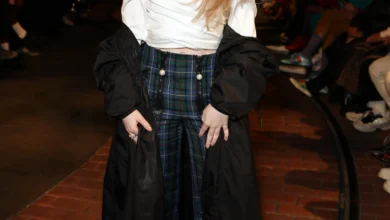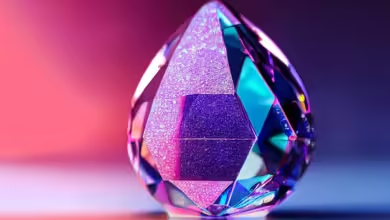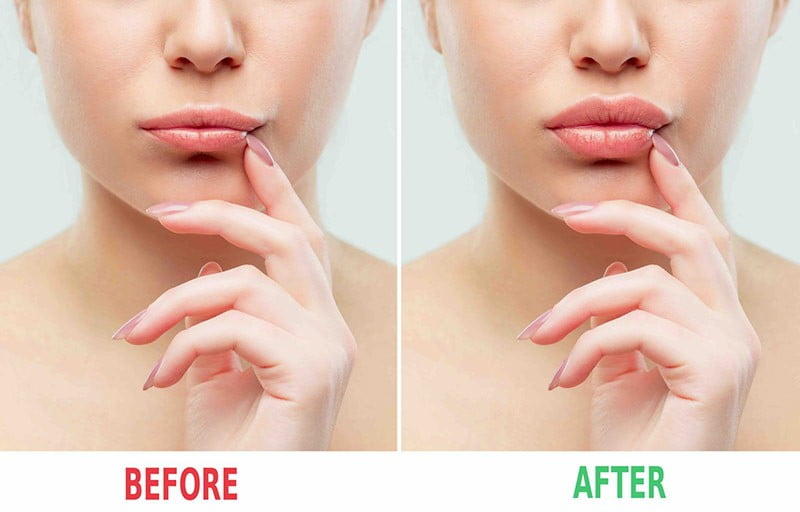Fashion magazine design brief example

Introduction:
A design brief serves as the blueprint for any creative project, and fashion magazines are no exception. The project’s goals, target audience, aesthetic direction, and technological specs are all described in this paper. A well-defined brief ensures that all stakeholders – from editors and photographers to graphic designers and printers – are on the same page, working towards a shared vision.
Fashion Magazine Design A Comprehensive Guide
Fashion magazines are more than just glossy pages filled with beautiful images; they are cultural artifacts that reflect the trends, aspirations, and values of a society. Creating a successful fashion magazine requires a well-defined design brief that outlines the publication’s vision, target audience, and aesthetic direction. In this article, we will delve into the essential components of a fashion magazine design brief, providing a comprehensive example to guide aspiring publishers and designers.
What is a Fashion Magazine Design Brief?
A fashion magazine design brief is a document that outlines the scope and objectives of a magazine project. It serves as a roadmap for the design team, ensuring that everyone is on the same page regarding the magazine’s overall look and feel. The brief should include details about the target audience, content strategy, visual style, and production specifications.
The Anatomy of a Fashion Magazine Design Brief
A typical fashion magazine design brief encompasses the following key components:
Project Overview: This section provides a concise summary of the magazine’s concept, including its target audience, editorial focus, and overall brand identity.
Objectives: What does the magazine aim to achieve? Is it to showcase emerging designers, promote sustainable fashion, or cater to a specific subculture? The design process is guided by well-defined objectives.
Target Audience: Understanding the reader is crucial. The brief should detail the demographics, psychographics, and interests of the target audience, informing the magazine’s tone, style, and content.
Creative Direction: This is where the visual language of the magazine is defined. It includes elements such as:
Mood Board: A collection of images, colors, and textures that evoke the desired aesthetic.
Typography: Specifying font families, sizes, and styles for headings, body text, and captions.
Layout and Grid: Outlining the general arrangement and structure of the pages.
Photography Style: Describing the desired look and feel of the photographs, including lighting, composition, and styling.
Color Palette: Selecting a range of colors that align with the magazine’s brand and target audience.
Technical Specifications: This section covers the practical aspects of the magazine’s production, such as:
budget and production schedule.
Benefits of using a fashion magazine design brief:
- Clarity: A design brief can help to ensure that everyone involved in the project has a clear understanding of the project’s goals and requirements.
- Efficiency: By avoiding misconceptions and streamlining the design process, a design brief can be helpful.
- Quality: A design brief can guarantee that the finished product satisfies the client’s requirements.
- Page Size and Count: Determining the physical dimensions and number of pages.
- Paper Stock: Specifying the type and weight of paper to be used.
- Printing and Binding: Choosing the appropriate printing and binding methods.
- Budget and Timeline: Establishing a clear budget and production schedule.
Writing a design brief for a fashion magazine:
- Start with a template. You can start by using one of the various templates that are available online.
- Give specifics. The final output will be better if your specifications are more detailed.
- Get feedback. Once you have a draft of your design brief, get feedback from other stakeholders to make sure that it is clear and comprehensive.
- Ensures that everyone is on the same page: A well-written design brief can help to ensure that everyone involved in the project has a clear understanding of the project’s goals and requirements.
- Lowers the chance of misconceptions: A design brief can assist in lowering the likelihood of misunderstandings and miscommunications by precisely defining the project’s requirements and scope.
- Saves time and money: A well-written design brief can help to save time and money by ensuring that the project is completed on time and within budget.
- Improves the quality of the final product: By providing clear guidelines for the design and production of the magazine, a design brief can help to improve the quality of the final product.
Example of a Fashion Magazine Design Brief
Let’s consider a hypothetical example:
Project Title: “Urban Threads”
Project Overview: A bi-monthly fashion magazine targeting young adults (18-25) interested in streetwear, urban culture, and sustainable fashion.
Objectives:
To establish “Urban Threads” as a leading voice in the streetwear fashion scene.
To promote ethical and sustainable fashion practices.
To create a visually engaging and informative publication that resonates with the target audience.
Target Audience:
Age: 18-25
Interests: Streetwear, music, art, urban culture, sustainability
Values: Individuality, creativity, social responsibility
Creative Direction: Mood Board: Images featuring bold graphics, vibrant colors, urban landscapes, and diverse models.
Typography: Modern sans-serif fonts for headings, clean serif fonts for body text.
Layout and Grid: Dynamic layouts with a focus on visual hierarchy and white space.
Photography Style: Raw, authentic, and edgy, capturing the energy of urban life.
Color Palette: A mix of bold primary colors and muted neutrals, with accents of neon.
Technical Specifications:
Page Size: 8.5 x 11 inches
Page Count: 100 pages
Paper Stock: Recycled matte paper
Printing: Offset printing
Binding: Perfect binding
Budget: $10,000 per issue
Timeline: 8 weeks per issue
Conclusion:
A design brief is an essential tool for any project related to fashion magazines. By taking the time to develop a well-written design brief, you can help to ensure that your project is a success. A fashion magazine design brief is a document that describes the parameters and needs of a project for a fashion magazine. It is used by designers, editors, and other stakeholders to ensure that everyone is on the same page and that the final product meets the client’s expectations.




